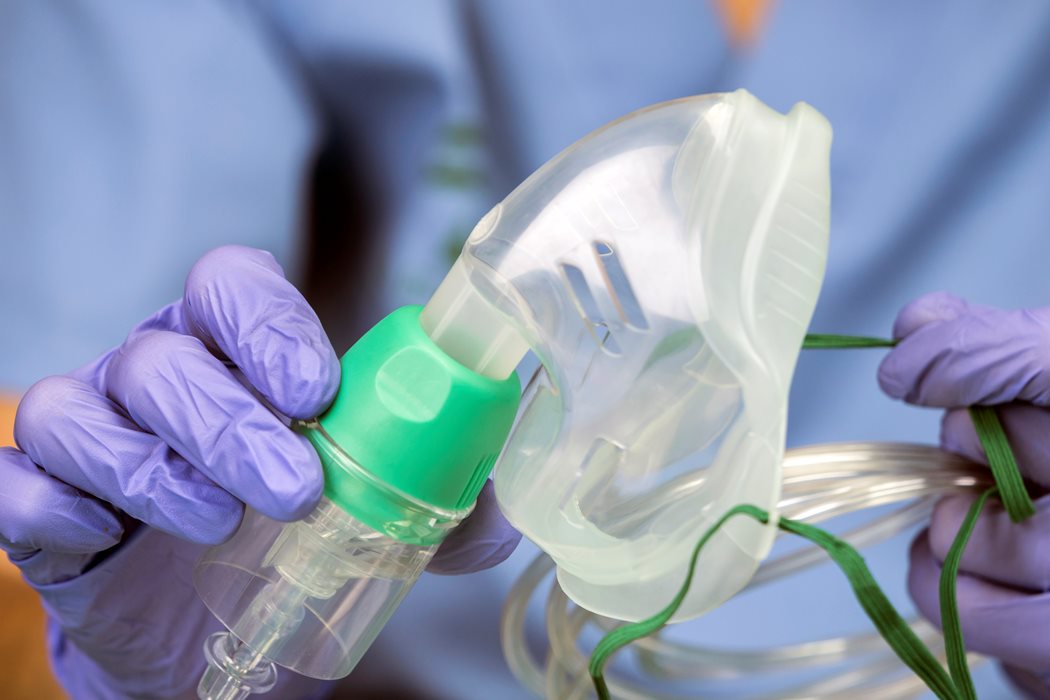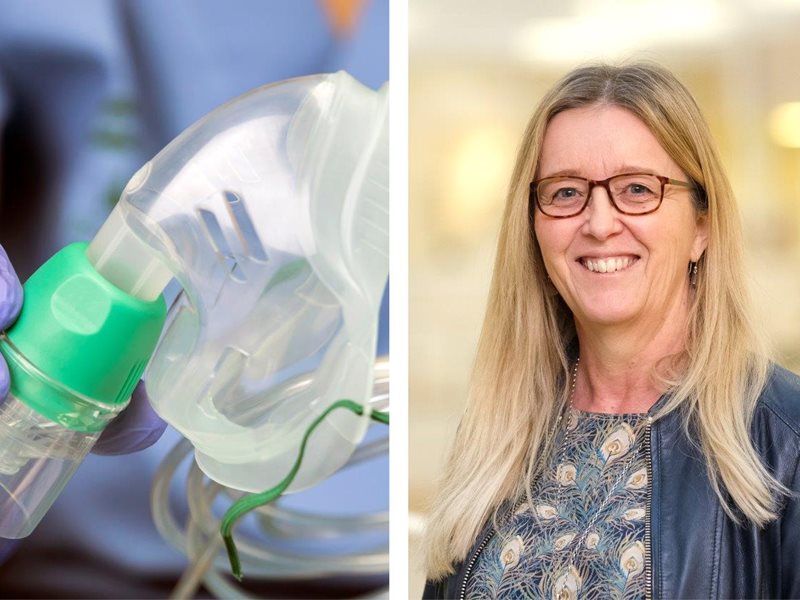
Essential treatments increase survival
Millions of people die every year due to critical illness. Many of these deaths can be avoided with the provision of essential treatment and actions according to an international study which, in the light of the current covid-19 pandemic, points to the importance of healthcare prioritizing the essential life-saving treatment and actions first.
Treatment and actions for all critically ill patients
The study has specified which treatment and actions can be provided for all critically ill patients, regardless of where in the world and at which hospital they are cared for. Despite the fact that new technologies and treatments are constantly being introduced, many such simple treatments and actions are missed in healthcare today. Essential Emergency and Critical Care (EECC) is proposed as an effective strategy to reduce and prevent deaths worldwide.

“Since critically ill patients have a high mortality rate in all hospital environments and especially where trained staff or resources are limited, even small improvements in access to simple treatment and actions can have a major impact on survival,” explains Maria Jirwe, professor at the Swedish Red Cross University and co-author of the study.
International study
A panel consisting of 272 experts from around the world, mainly doctors and nurses active in various acute specialties, has participated in the study. Two thirds of the participants have clinical experience from working with critically ill patients in low- and middle-income countries. Based on a list of proposed treatments and actions, including from the WHO’s Basic Emergency Care, the participants have assessed the importance of these based on effectiveness, feasibility and relevance even in hospitals and wards with limited resources.
The study was conducted using the Delphi method to reach consensus among a group of people. The experts have individually assessed and graded the proposed treatments and actions. In cases where the experts did not reach a consensus, i.e., where less than 90% of the experts made the same assessment, the list of these treatments and actions was sent back to the experts for a new assessment. After three rounds, the experts had reached more than 90% agreement on 40 treatments and actions.
Rapid increase in critically ill patients during the ongoing covid-19 pandemic
“The study aimed to specify the content of EECC and also, given the rapid increase in critically ill patients during the ongoing covid-19 pandemic, demonstrate the importance of being able to provide simple and effective care for the identification and rapid treatment of critically sick patients in all medical specialties”, explains Maria Jirwe.
Improving EECC can be a “low-hanging fruit” for improving hospital survival. EECC can help guide priorities towards the treatment and actions that have the greatest effect, and among other things, it can help to detect signs of critical illness in healthcare and meet the need for oxygen for patients with respiratory failure, which has been such an important treatment during the covid- 19-pandemic. The authors of the study therefore suggest that decision-makers should prioritize EECC and make it an integral part of healthcare infrastructure and resources.
More information
Contact
Maria Jirwe, assistant professor, registered nurse, RN
Department of Health Sciences, the Swedish Red Cross University
Tel: +46 (0) 8 - 587 516 40
Email: maria.jirwe@rkh.se


